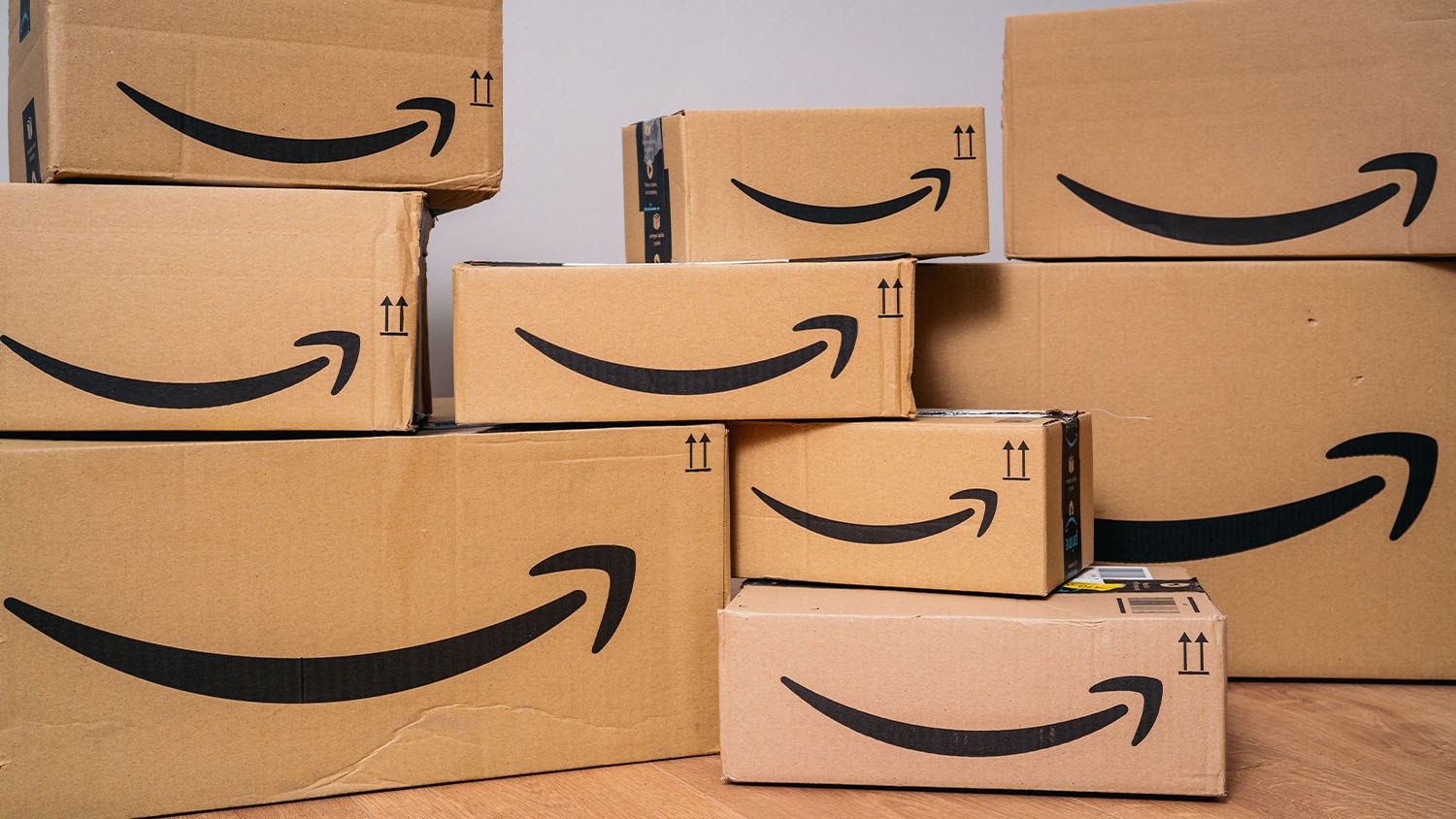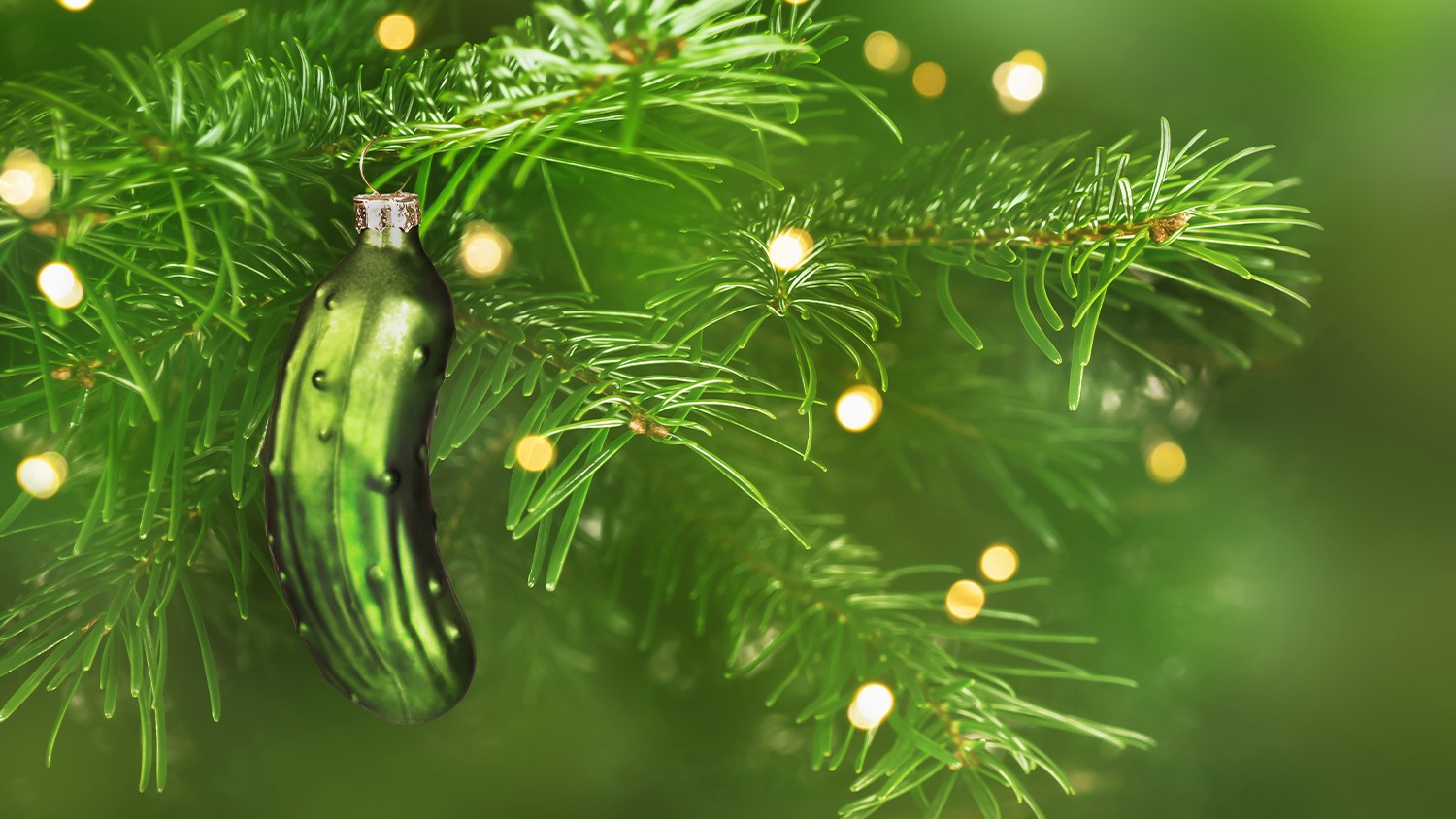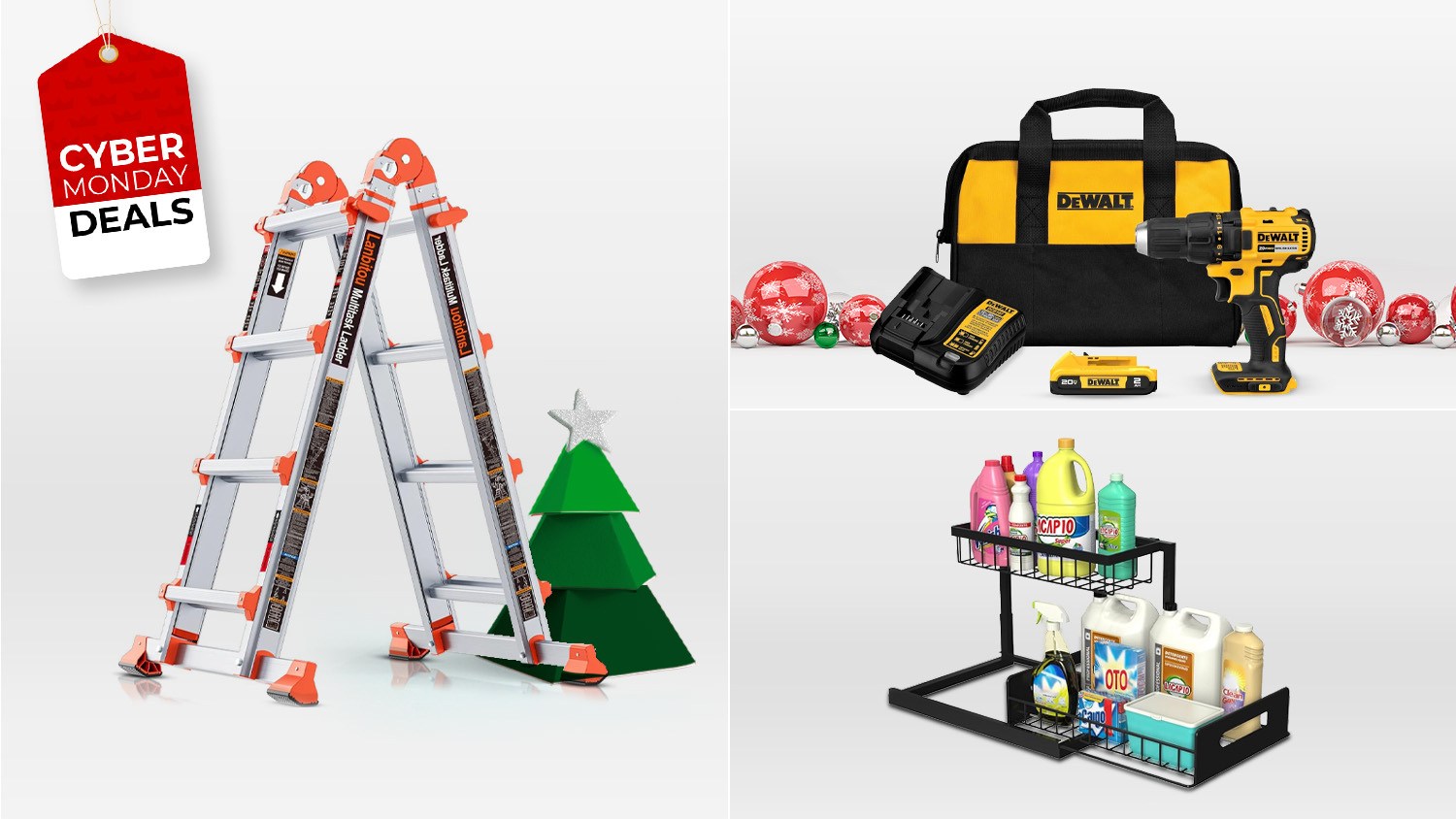ROANOKE, Va. (WFXR) — The 2024 Solar Eclipse is weeks away, and if you are hoping to get a glimpse of the scientific spectacle, you must have specialized eye protection.
The total solar eclipse is when the moon completely blocks the Sun’s bright shine. Even though the view is one to remember, it is not safe to look directly at the Sun during the solar view.
NASA says when watching the partial phases of the solar eclipse directly with your eyes, you must use a solar viewing glass or a safe handheld solar viewer at all times. Eclipse glasses are not regular sunglasses no matter how dark the tint can be.

(Photo Credit: NASA.gov)
Safe solar views are thousands of times dark and must comply with the ISO 12312-2 international standard. Not using the correct glasses, a telescope, binoculars, or another optical device while wearing eclipse glasses can cause solar rays to burn through the filter and cause serious eye injury.
But what if you don’t have eclipse glasses?
NASA says viewers can use a pinhole projector. This has a small opening and projects an image of the Sun onto a nearby surface. With your back toward the Sun, you can safely view the projected image.
Viewers can also make an eclipse projector using a cardboard box, a white sheet of paper, tape, scissors, and aluminum foil.
“With the Sun behind you, sunlight will stream through a pinhole punched into aluminum foil taped over a hole in one side of the box. During the partial phases of a solar eclipse, this will project a crescent Sun onto a white sheet of paper taped to the inside of the box. Look into the box through another hole cut into the box to see the projected image,” said NASA.

(Photo Credit: NASA.gov
Safety guidelines to follow during a total solar eclipse include:
- View the Sun through eclipse glasses or a handheld solar viewer during the partial eclipse phases before and after totality.
- Do NOT use eclipse glasses or handheld viewers with cameras, binoculars, or telescopes.
- Do NOT look at the Sun through a camera lens, telescope, binoculars, or any other optical device while wearing eclipse glasses or using a handheld solar viewer — the concentrated solar rays will burn through the filter and cause serious eye injury.
- You can view the eclipse directly without proper eye protection only when the Moon completely obscures the Sun’s bright face – during the brief and spectacular period known as totality. (You’ll know it’s safe when you can no longer see any part of the Sun through eclipse glasses or a solar viewer.)
- As soon as you see even a little bit of the bright Sun reappear after totality, immediately put your eclipse glasses back on or use a handheld solar viewer to look at the Sun.
- Seek expert advice from an astronomer before using a solar filter with a camera, telescope, binoculars, or any other optical device. Note that solar filters must be attached to the front of any telescope, binoculars, camera lens, or other optics.
NASA says during the eclipse the Sun will be very bright. As a result, viewers are encouraged to wear sunscreen, a hat, and protective clothing to prevent skin damage.
More tips can be found here.










































































































